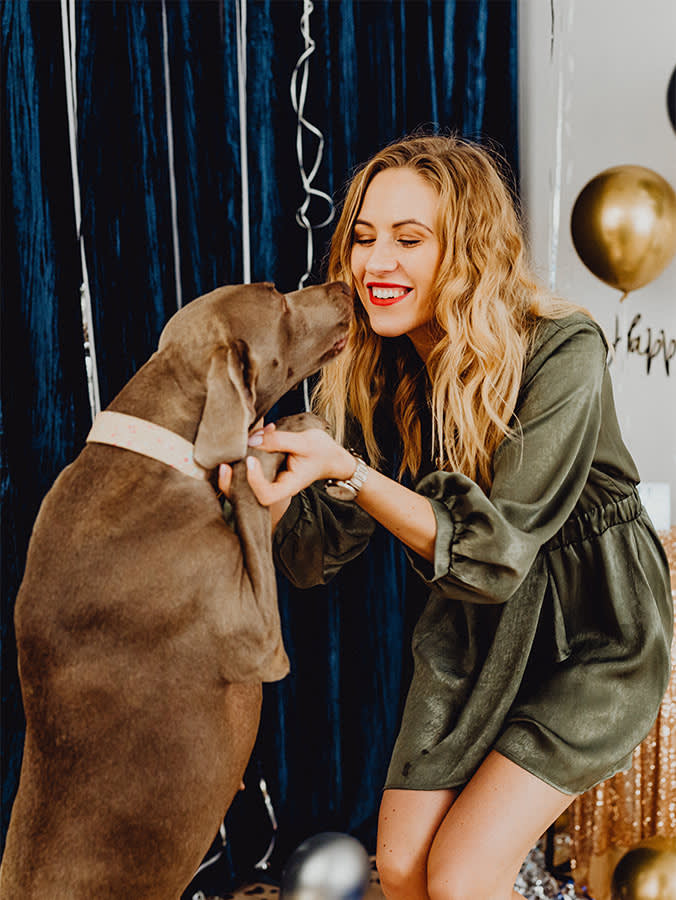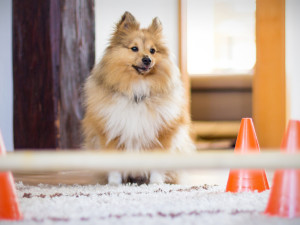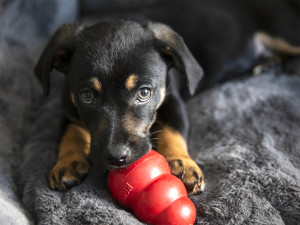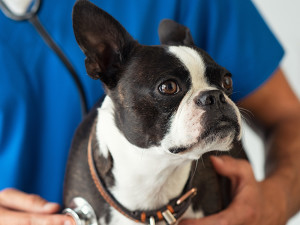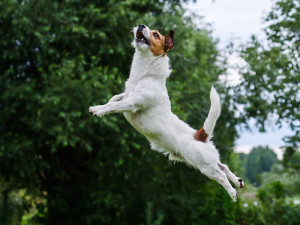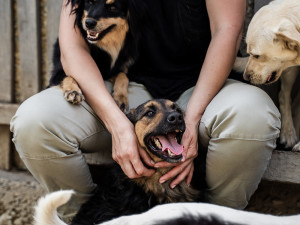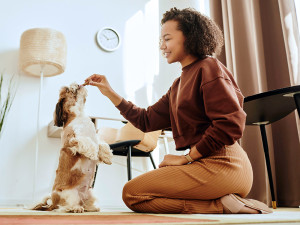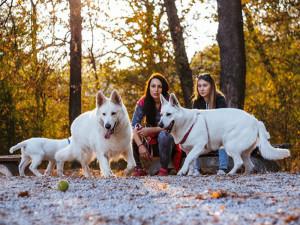11 New Year’s Resolutions For Dog Parents Looking to Level Up
You already do a great job as your pup’s parent — but here are some shiny new goals for keeping them happy and healthy in 2025.
It’s finally New Year’s, which means we’re being inundated with inspirational quotes and self-improvement guides everywhere we look. When we sit back to make our own plans for the coming year, there’s one creature we can’t forget: our dog (or dogs, if we’re lucky). As much time as we give our pups, there’s always room for pet parenting improvement — and now’s the time to commit to making 2025 great for both of you. Here are some ideas for New Year’s resolutions for you and your pup.
Exercise mind and body
Long walks and time in nature are great for both you and your dog. And there are a lot more ways to keep your pup active: Teach them a new trick, introduce them to agility training, or try out nosework.
Trick question: All dogs are perfect! But find out which type is the best fit for you.
Wellness checkup
Take your dog for a yearly physical examination at your vet. Break down your dog-related tasks and add daily, weekly, and monthly DIY pup “check-ups” to your calendar — clean your pup’s ears, clip nails, trim fur (where needed), brush teeth, comb out fleas, and do some at-home examinations.
Keep your pup fit
If your dog is obese, talk to your veterinarian about putting them on a weight reduction program for their health. Resolve to feed your dog healthy food — and consider adding some supplements to their diet. Adding simple and healthy toppings (such as carrots and blueberries) to your dog’s meals is one way to add some nutrients.
How much do you spend on your pet per year?
Check the chip
Shelters are able to identify over 70 percent of pets that enter their doors, as long as they are implanted with a microchip — and one of the main reasons they can’t ID the others is because of outdated microchip information. So, make sure your pet’s microchip info is current and registered, and that they wear other forms of identification on a collar at all times.
Brush those teeth
It’s important to brush your dog’s teeth regularly because oral bacteria can enter your dog’s bloodstream and cause damage to their heart, liver, kidneys, and lungs. If more help is needed with their teeth or your dog is middle-aged or older, consider scheduling a cleaning.
No fleas, please
Practice effective flea and heartworm control all year long to keep your pet safe from preventable diseases. You can check for fleas while massaging your pup. Not only do they love the attention, but it feels good to them.
Get back to training
Contrary to the popular expression, it’s never too late to teach an old dog new tricks. Start training again or take your pup to an obedience class. Even if your pet isn’t unruly, training keeps you both sharp and engaged and strengthens your bond. Do short enrichment episodes with your dog throughout the day such as hiding treats or pieces of kibble. Take long walks with your dog, and use that as an occasion to also extend training by calling to them often, rewarding spot-on recalls. Short reinforcement sessions are key.
Tidy up your home
Reassess your home, making sure the environment is safe for pets. Cover electrical cords, remove potential toxins (such as Gorilla Glue) and plants, and know the location and telephone number of your closest emergency hospital.
Buckle up
In 2025, remember to take car safety seriously. Buckle up your dog in the car. Dogs should ride in the backseat, away from the dashboard and safe from airbags. Unrestrained pets are dangerous to both you and your passengers; they cause accidents and can cause themselves injury. Use a seatbelt pet harness, dog-designed car seat, or travel crate to keep them safe.
Bonding
Remember that while it is fun to meet friends at a dog park, your dog and their activities should always come first. Don’t get so involved in a conversation that you don’t know what your dog is up to or let them feel that you are not paying attention. Put away your phone while out with them, too. Take the time daily to appreciate your pup; they do so much for you and ask little in return.
Make new friends
Think of fostering or adopting a shelter or rescue dog — if you are a one-dog family, not only will your dog enjoy the company, but you can both help socialize the shelter dog. Or think of sponsoring a shelter dog; for very little, you can help decrease the costs of spaying/neutering, vaccinations, chipping, and more.
